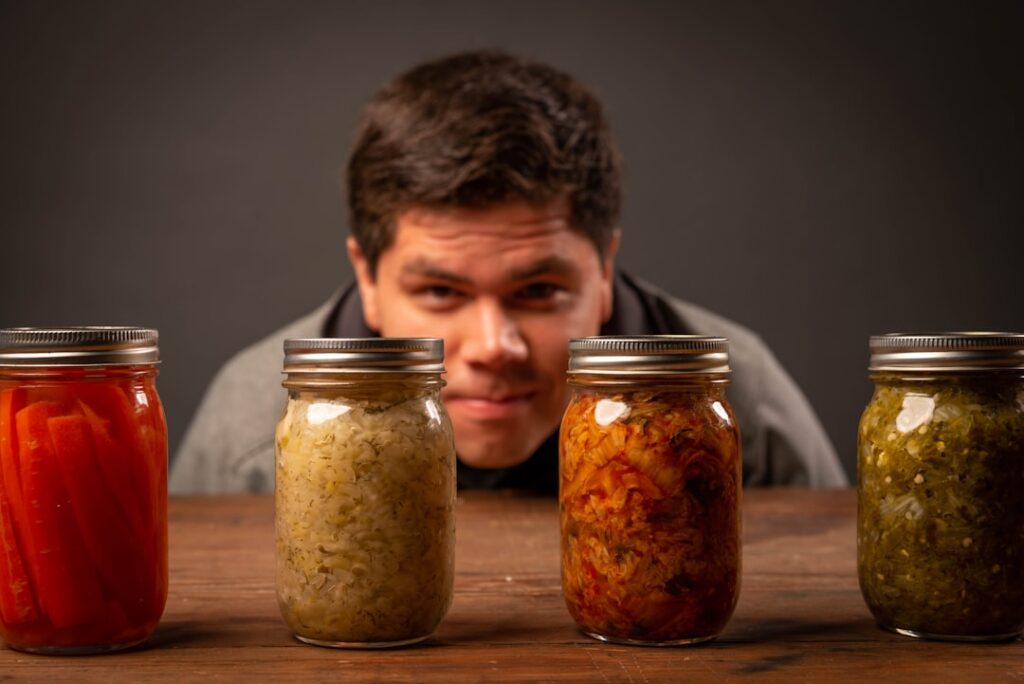Introduction to the Art of Fermentation
Fermentation is an age-old tradition used for preserving foods and enhancing their nutritional content. It not only amplifies the taste but also boosts the health benefits of the food. One such fermented food is sauerkraut, a tangy, crunchy dish made from fermented cabbage. Loaded with probiotics and essential vitamins, it’s a delicious addition to any meal. This guide takes you through the simple process of making your own sauerkraut at home.
Understanding the Health Benefits of Fermented Foods
Fermented foods are a great addition to your diet, providing a range of health benefits. They are rich in probiotics, which are beneficial bacteria that promote gut health. Regular consumption of fermented foods like sauerkraut can aid digestion, boost the immune system, and even help in weight management. A study published in the Journal of Applied Microbiology suggests that fermented foods can also improve mental health.
Gathering Your Sauerkraut Ingredients
Making sauerkraut requires just two basic ingredients: cabbage and salt. For one medium-sized head of cabbage, you’ll need 1-1.5 tablespoons of non-iodized salt. You can also add other vegetables or spices according to your preference. Make sure you use fresh, organic ingredients for the best results. As for equipment, you’ll need a large bowl, a sharp knife, a sturdy spoon or potato masher, and a clean jar for fermentation.
Step-by-Step Guide to Making Sauerkraut
- Begin by removing the outer leaves of the cabbage and setting them aside. Cut the cabbage into quarters and remove the core. Slice each quarter into thin strips.
- Place the cabbage in a large bowl, sprinkle with salt, and mix well. Let it sit for about 30 minutes. The salt will draw out the water from the cabbage, creating its own brine.
- After the cabbage has rested, use your hands or a potato masher to squeeze and mash the cabbage until there is enough brine to cover it.
- Pack the cabbage tightly into your fermentation jar, making sure it is completely submerged in the brine. You can use the reserved cabbage leaves to hold the cabbage under the brine.
- Cover the jar with a tight lid. Store it at room temperature, out of direct sunlight, for 1-2 weeks. Check it periodically, pressing down the cabbage if needed to keep it submerged in the brine.
- Once the sauerkraut has reached your desired level of tanginess, move it to the refrigerator. It can be stored and enjoyed for several months.
Experimenting with Sauerkraut Flavors
Now that you’ve mastered the basic sauerkraut recipe, feel free to experiment with different flavors. You can add grated carrots, chopped apples, or spices like caraway seeds for a unique twist. The art of fermentation welcomes creativity, so don’t be afraid to make your own version of sauerkraut. Happy fermenting!

